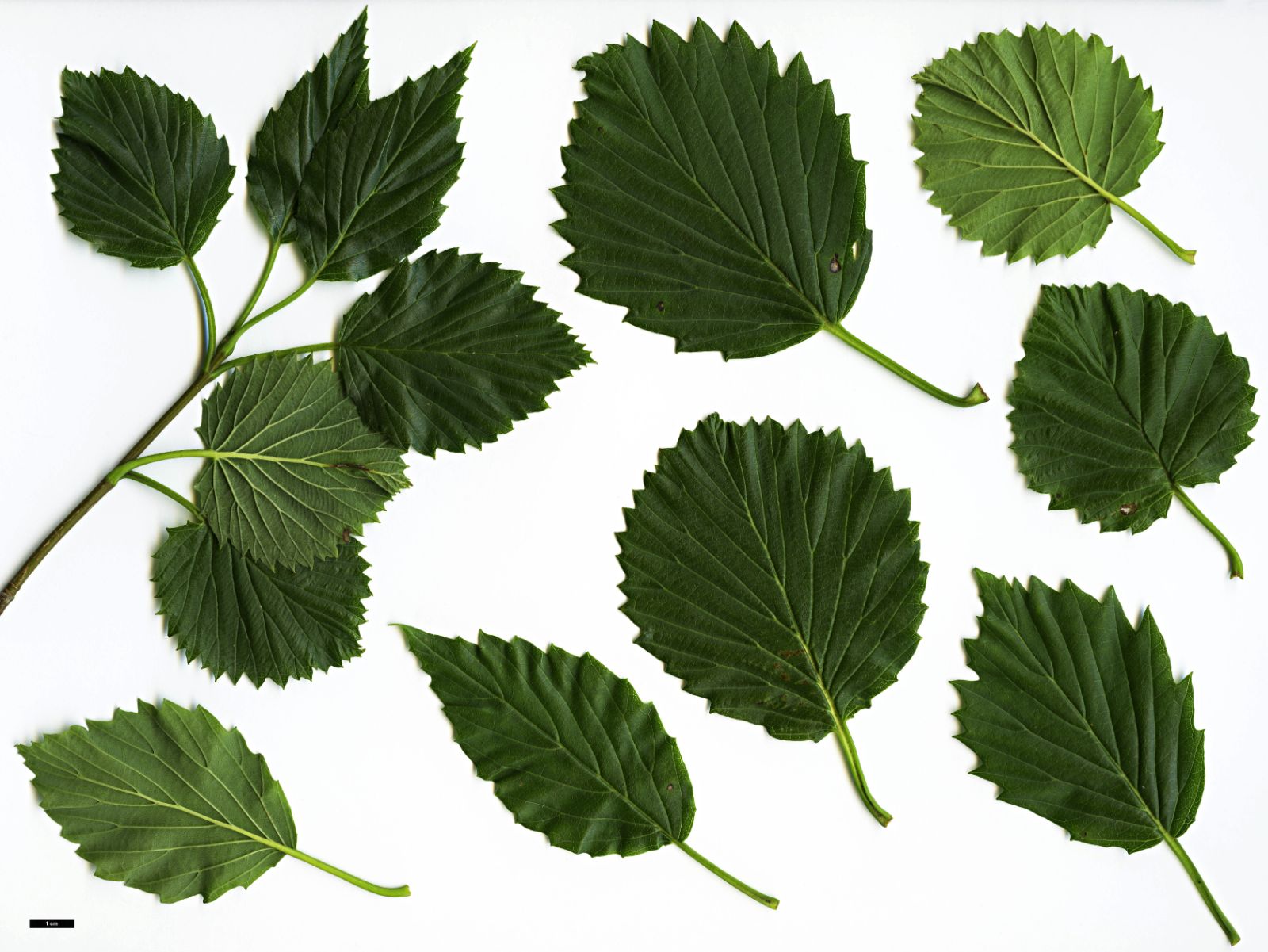Viburnum dentatum
Credits
Article from Bean's Trees and Shrubs Hardy in the British Isles
Recommended citation
'Viburnum dentatum' from the website Trees and Shrubs Online (treesandshrubsonline.
Genus
Common Names
- Southern Arrow-wood
Synonyms
- V. venosum var. canbyi Rehd.
- V. pubescens var. canbyi (Rehd.) Blake
Infraspecifics
Other taxa in genus
- Viburnum acerifolium
- Viburnum betulifolium
- Viburnum × bodnantense
- Viburnum buddleifolium
- Viburnum burejaeticum
- Viburnum × burkwoodii
- Viburnum × carlcephalum
- Viburnum carlesii
- Viburnum cassinoides
- Viburnum cotinifolium
- Viburnum cylindricum
- Viburnum davidii
- Viburnum dilatatum
- Viburnum erosum
- Viburnum farreri
- Viburnum foetidum
- Viburnum grandiflorum
- Viburnum harryanum
- Viburnum henryi
- Viburnum hupehense
- Viburnum japonicum
- Viburnum kansuense
- Viburnum lantana
- Viburnum lantanoides
- Viburnum lentago
- Viburnum macrocephalum
- Viburnum molle
- Viburnum nudum
- Viburnum odoratissimum
- Viburnum opulus
- Viburnum phlebotrichum
- Viburnum plicatum
- Viburnum propinquum
- Viburnum prunifolium
- Viburnum rhytidophyllum
- Viburnum rigidum
- Viburnum rufidulum
- Viburnum schensianum
- Viburnum setigerum
- Viburnum sieboldii
- Viburnum suspensum
- Viburnum tinus
- Viburnum utile
- Viburnum veitchii
- Viburnum wilsonii
- Viburnum wrightii
A shrub to about 10 or 15 ft in the wild, with a close grey or brownish bark; branchlets usually downy, sometimes glabrous or almost so. Leaves of thin texture, ovate to broadly so or roundish, 2 to 41⁄2 in. long, 1 to 4 in. wide, sometimes even broader than long, shortly acuminate at the apex, rounded or slightly cordate at the base, almost glabrous above, sparsely stellate-downy beneath; veins five to eleven on each side, straight, impressed above and prominent beneath; marginal teeth usually large and triangular; petiole slender, to 1 in. long, clad with stiff down, usually without stipules. Flowers white, perfect and regular, about 1⁄6 in. wide, borne around midsummer. Corymbs up to 41⁄2 in. wide, on peduncles 11⁄2 to 21⁄2 in. long, its branches downy or Corymbs up to 41⁄2 in. wide, on peduncles 11⁄2 to 21⁄2 in. long, its branches downy or sometimes glabrous. Fruits blue-black, roundish oval, up to 3⁄8 in. long; stone with a narrow and deep groove on one side.
Native of eastern N. America, mostly south of New York; described by Linnaeus from a specimen collected in Virginia and cultivated since the 18th century.
V recognitum Fern.
Synonyms
Arrow-wood. V. dentatum of many authors, not L.
V. dentatum var. lucidum Ait., not V. lucidum Mill
var. deamii (Rehd.) Fern.
Synonyms
V. pubescens var. deamii Rehd.
V. pubescens var. indianense Rehd
var. pubescens Ait.
Synonyms
V. pubescens (Ait.) Pursh
V. nervosum Britt

